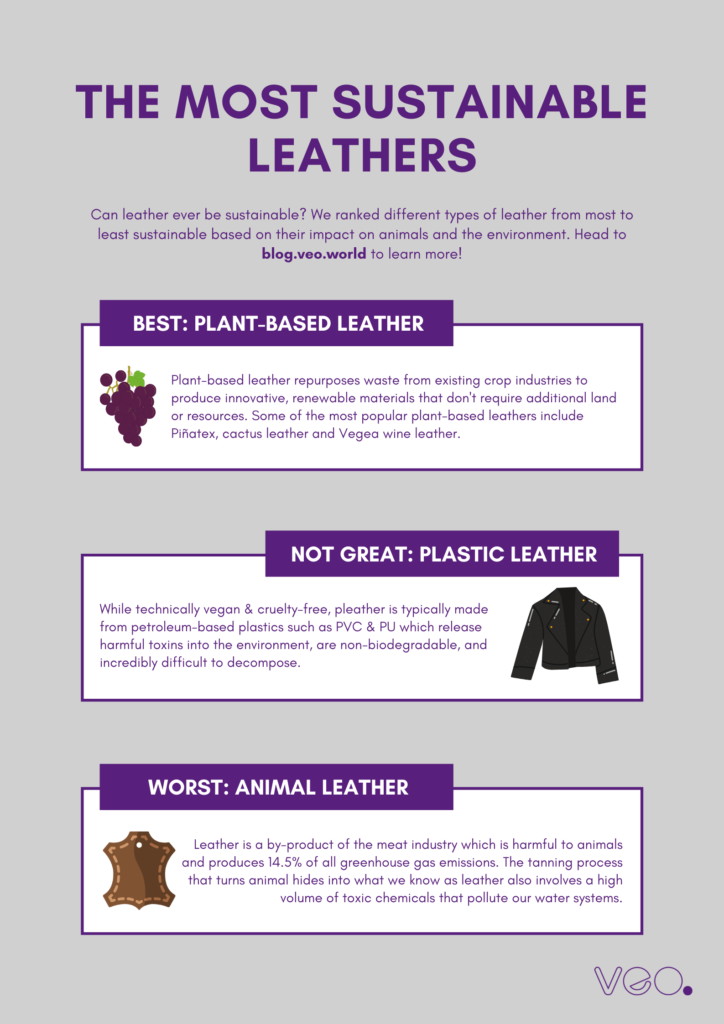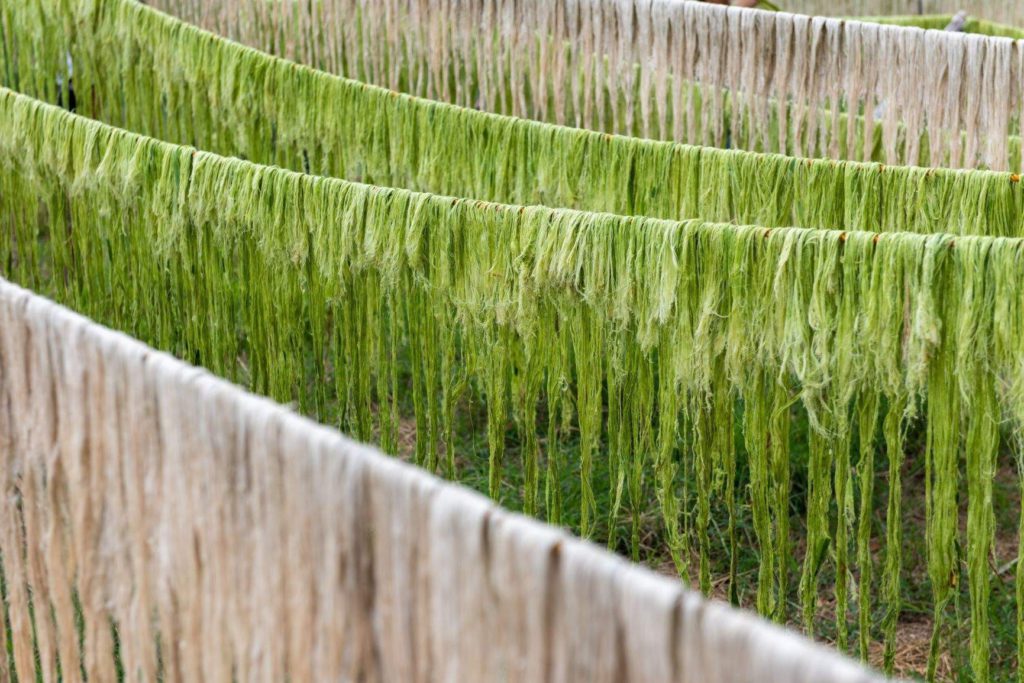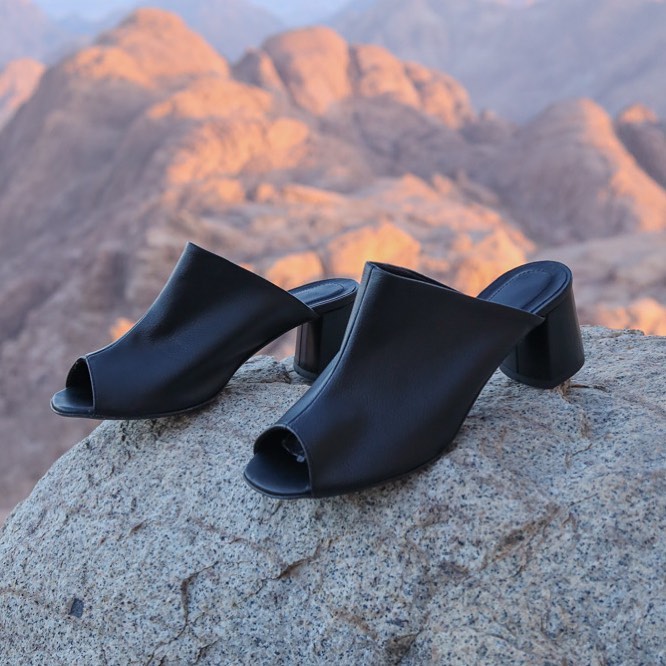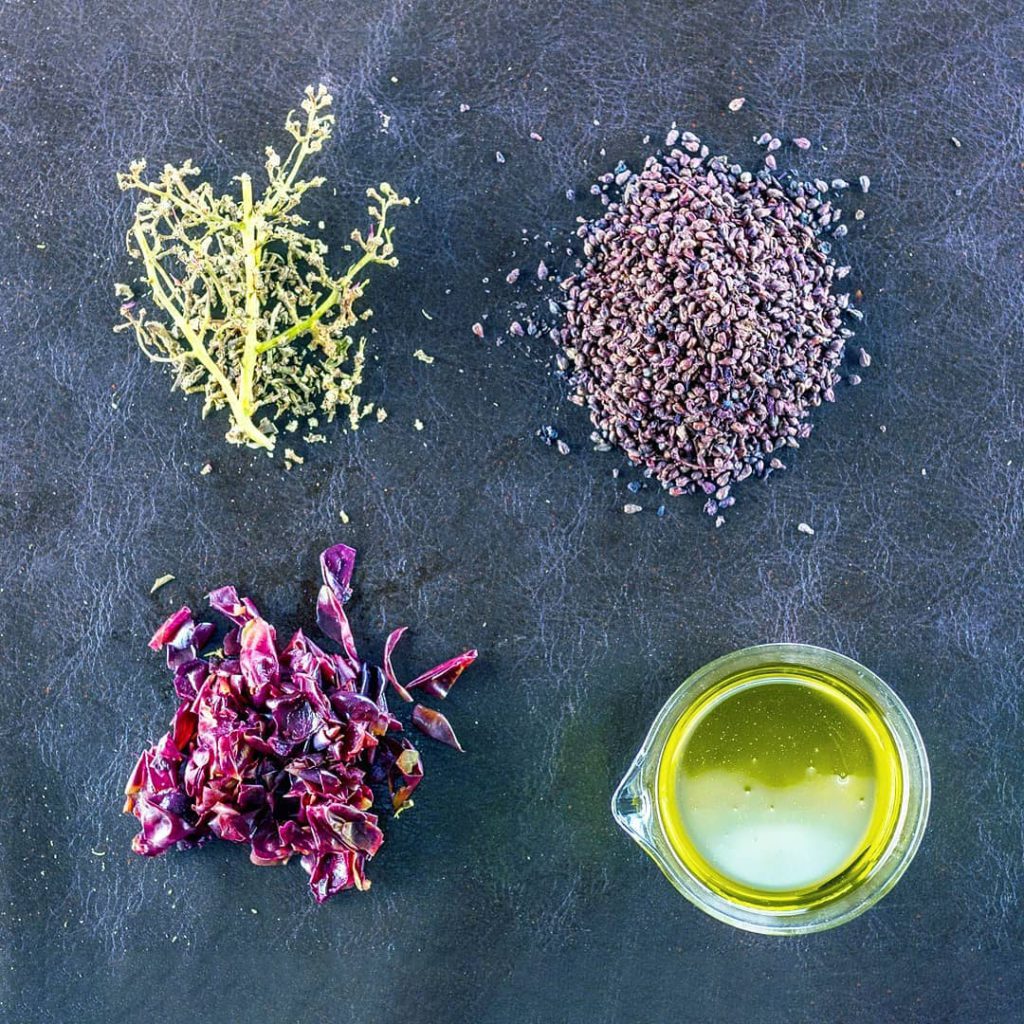TWEET THIS
Searches for 'vegan leather' have increased by 69% year-on-year while searches for 'faux leather' and 'leather' continue to slow down. Click To TweetPin It!

When it comes to sustainability, the fashion industry needs to step up. With consumers increasingly calling for brands to reduce their environmental impact and adopt more ethical, transparent practices, many fashion companies are being faced with a conflict of interest between people, planet, and profit. There’s a major debate happening right now involving one material in particular: leather. According to search platform Lyst, searches for ‘vegan leather’ have increased by 69% year-on-year while searches for ‘faux leather’ have remained constant. Additionally, searches for leather have decreased by 3.5% year-on-year, demonstrating that consumer attitudes are shifting in favour of cruelty-free, eco-friendly alternatives. So consumers are seeking better options but why are fashion brands still lagging behind? Well, luxury leather goods are a huge source of revenue for many fashion houses, accounting for 48 billion USD (33.9bn GBP) of global revenue in 2019, a number that is predicted to increase by a further 16 billion USD (11.3bn GBP) by 2025 (Statista, 2020). According to Vogue Business, supporters of the leather industry claim that leather is in fact sustainable as it is a natural, biodegradable material that utilises waste from the meat production industry.
Despite this being technically true, many people believe this argument is missing the point. Commercial cattle farming is a notorious contributor to the negative environmental impacts of consumption, producing 14.5% of all greenhouse gas emissions. The tanning process that turns animal hides into what we know as leather also involves a significant number of toxic chemicals that find their way into our water systems. With such adverse effects on the environment, can the leather industry really claim to be sustainable? We think not. So what’s the alternative?
Faux leather was initially pitched as the more ethical alternative to real leather and it certainly has its positives. These materials use no animal byproducts which technically makes them vegan and cruelty-free. However, the most common types of faux leather are actually made from petroleum-based plastics such as polyvinyl chloride (PVC) and polyurethane (PU) which use fossil fuels and release harmful toxins into the environment. PVC-based materials have become far less common in recent years due to their toxic impact and positive advances have also been made towards improving the production process of PU to make it less toxic (water-based polyurethane dispersion). However, these materials are still non-biodegradable, contributing to global plastic waste. So while faux leathers might be vegan-friendly, they certainly aren’t the eco-friendly alternative we need.
Enter plant-based leathers. Could this be fashion’s answer to the ongoing leather debate? Sustainable brands such as ACBC and Bohema certainly think so! These brands are making waves with their use of leathers derived from plants and bio-waste. From pineapple leaves and mushrooms to cactus plants and grape skins, here are some of the innovative, new alternatives that are changing the future of fashion.
1. Piñatex

Piñatex is made using the cellulose fibres of pineapple waste leaves. The pineapple industry produces 40,000 tonnes of pineapple waste every year which would typically be burned or left to rot. With this waste being a byproduct of an existing crop industry, it requires no additional land, water or fertiliser to produce. It also contains none of the harmful toxins of both real and traditional faux leathers.
2. Cactus Leather

Cactus leather is another plant-based alternative that has a huge positive impact on the environment. The cactus plant naturally absorbs a high volume of CO2 and can also help to regenerate soil in degraded areas due to its resilient nature. The process of creating cactus leather only uses the mature leaves without damaging the whole plant, allowing for repeat harvest from the same crops, without requiring additional land or environmental resources.
3. Wine Leather

Wine leather is made using pomace: waste comprised of the skin, seeds, and stalks of grape clusters recovered from the winemaking industry. With 26.3 billion litres of wine produced in 2019 alone, this process has the ability to produce an extremely high yield of material with low environmental impact, low production costs and no polluting substances. Wine leather also comes from a renewable source and does not require additional resources to be produced.
While these materials have a far more positive impact on the environment and promise a more sustainable future for leather, it is worth noting that many of these materials are still a work in progress. Many plant-based alternatives are still combined with PU or petroleum-based resins in order to resemble leather, and most are still not fully recyclable or biodegradable yet.
So to answer the question of whether leather can ever be sustainable, the answer is complicated. However, we can all take steps to make better fashion choices and reduce the impact of our consumption habits. For fashion brands that prioritise ethical, cruelty-free, and sustainable practices, explore our curated collections right here on Veo.